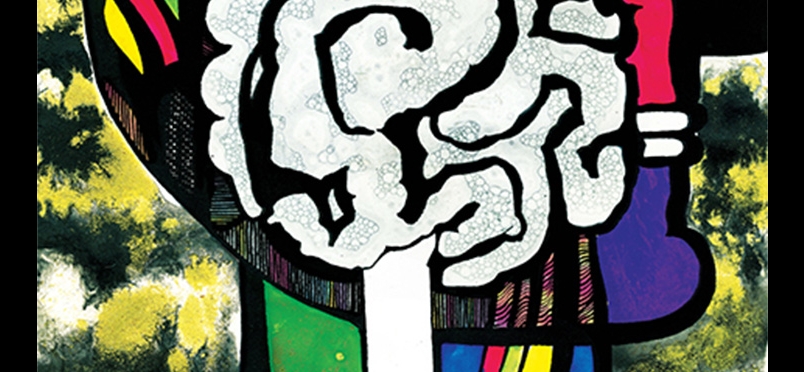| research/study
Itch Neurons May Function as Built-in Pain Modulation

Findings from a study conducted by researchers from Johns Hopkins University School of Medicine and Washington University School of Medicine may advance our understanding of the role of itch neurons in the modulation of chronic pain. These neurons, called GRP neurons, are a “way station” for pain and itch signals directed to the brain. In experiments on mice, the researchers found that removal of the GRP neurons resulted in reduced itch response, but heightened pain response. First author Shuohao Sun, a graduate student at Johns Hopkins, remarked, “It might sound counterintuitive, but we suggest that this small group of cells actually functions like a braking system for pain. This brake is not always triggered by the painful stimuli; it’s only triggered by the strong pain stimuli.” The results were published last week in the journal Neuron.
In the study, mice without GRP neurons spent less time scratching, but more time licking to alleviate pain induced by placing their tails in hot water. The observation was corroborated by measurements of electrical signaling in mice with GRP neurons; mild pain signals were transmitted, while intense pain signals were not. It was hypothesized that such built-in pain management could be a way for animals to detect mild pain but not be distracted by severe pain, for example in escaping from predators even when injured. The conjecture was termed the “Leaky Gate” model by the researchers. With respect to relevance to humans, the authors state that a fuller understanding of pain and itch signaling may illuminate new treatment options.
Read a news story about the findings here.
The journal abstract may be read here.
Did you enjoy this article?
Subscribe to the PAINWeek Newsletter
and get our latest articles and more direct to your inbox